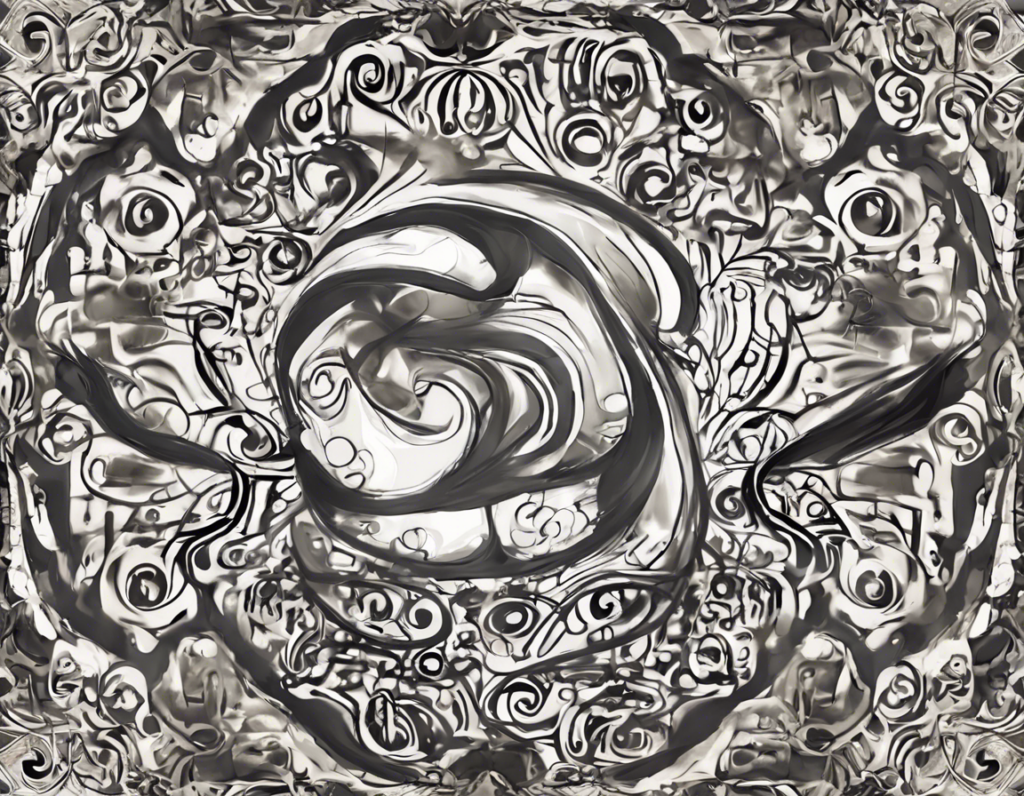Introduction
India, known for its rich cultural heritage and diverse traditions, is home to numerous myths, legends, and symbols that hold significance in the hearts of its people. One such mystical symbol is the Shami Ka Ped. Often referred to as the Shami Tree or Prosopis cineraria, this sacred tree has a deep-rooted connection to ancient Indian mythology and folklore. Known for its durability, resilience, and strength, the Shami Ka Ped has been revered for centuries and continues to be a symbol of hope and protection in various cultural contexts.
Historical Significance
In Hindu mythology, the Shami Ka Ped holds a special place, prominently mentioned in the epic Mahabharata. Legend has it that during the great war of Kurukshetra, Lord Krishna advised Arjuna to seek blessings from the Shami Tree. It is said that Arjuna, following Krishna’s advice, made a bow from the wood of the Shami tree and emerged victorious in battle. Since then, the Shami Ka Ped has been associated with victory, protection, and divine intervention.
Characteristic Features
The Shami Tree, characterized by its thorny branches and small, dense green leaves, is well-adapted to thrive in arid and semi-arid regions. Its deep roots enable it to withstand harsh environmental conditions, making it a symbol of resilience and survival. The tree’s ability to flourish in challenging landscapes has made it a valuable resource for local communities, providing shade, fodder for livestock, and wood for various purposes.
Cultural Significance
In Indian culture, the Shami Ka Ped is often associated with auspicious occasions and rituals. During the festival of Vijayadashami or Dussehra, people exchange Shami leaves as a symbol of victory and goodwill. It is believed that keeping a Shami leaf at home brings prosperity and wards off evil influences. Additionally, the Shami Tree is considered sacred in many regions of India, with people offering prayers and performing rituals under its shade for blessings and protection.
Healing Properties
Apart from its cultural and symbolic significance, the Shami Ka Ped is also known for its medicinal properties. Various parts of the tree, including the leaves, bark, and pods, are used in traditional Ayurvedic medicine for treating ailments such as inflammation, skin disorders, and digestive issues. The tree’s rich nutritional value makes it a valuable resource for holistic healing practices.
Conservation Efforts
Despite its cultural and ecological importance, the Shami Tree faces threats from deforestation, urbanization, and climate change. Recognizing the need to protect this ancient species, conservation efforts are being made to preserve and propagate the Shami Ka Ped. Initiatives such as afforestation drives, community awareness programs, and sustainable land management practices are crucial in ensuring the survival of this valuable tree for future generations.
Conclusion
The Shami Ka Ped, with its deep symbolism and intrinsic value, remains a beacon of strength and resilience in the rich tapestry of Indian traditions. As we continue to unravel the mysteries of this sacred tree, let us acknowledge its profound significance and work towards preserving its legacy for generations to come.
Frequently Asked Questions (FAQs)
- What is the significance of the Shami Ka Ped in Hindu mythology?
-
The Shami Ka Ped is associated with the epic Mahabharata, where it played a pivotal role in bestowing blessings and victory upon Arjuna during the Kurukshetra war.
-
Are there any cultural rituals or practices associated with the Shami Tree?
-
Yes, during festivals like Vijayadashami or Dussehra, people exchange Shami leaves as a symbol of victory and prosperity. The tree is also considered sacred in many regions of India.
-
What are the medicinal properties of the Shami Tree?
-
Various parts of the tree, such as the leaves, bark, and pods, are used in traditional Ayurvedic medicine for treating ailments like inflammation, skin disorders, and digestive issues.
-
How is the Shami Ka Ped being conserved amidst environmental threats?
-
Conservation efforts include afforestation drives, community awareness programs, and sustainable land management practices to protect the Shami Tree from deforestation and climate change.
-
What makes the Shami Ka Ped resilient to harsh environmental conditions?
-
The deep roots and adaptive features of the Shami Tree allow it to thrive in arid and semi-arid regions, making it a symbol of strength and survival.
-
Can the wood of the Shami Tree be used for crafting purposes?
-
Yes, the wood of the Shami Tree is often used for making bows, furniture, and handicrafts due to its durability and strength.
-
Why is the Shami Tree considered a symbol of hope and protection?
-
The Shami Tree’s ability to withstand challenging environments and its association with victory in ancient myths have contributed to its symbolic representation of hope and protection.
-
How do communities benefit from the presence of the Shami Ka Ped?
-
Local communities benefit from the Shami Tree by using its leaves as fodder for livestock, its shade for shelter, and its wood for various purposes, enhancing their livelihoods.
-
Are there any superstitions or beliefs surrounding the Shami Ka Ped?
-
Some people believe that keeping a Shami leaf at home can ward off evil influences and bring good luck and prosperity to the household.
-
What role does the Shami Ka Ped play in environmental sustainability?
- The Shami Tree’s ability to adapt to challenging environmental conditions and its role in soil conservation and ecosystem restoration make it a valuable asset in promoting environmental sustainability and biodiversity conservation.
